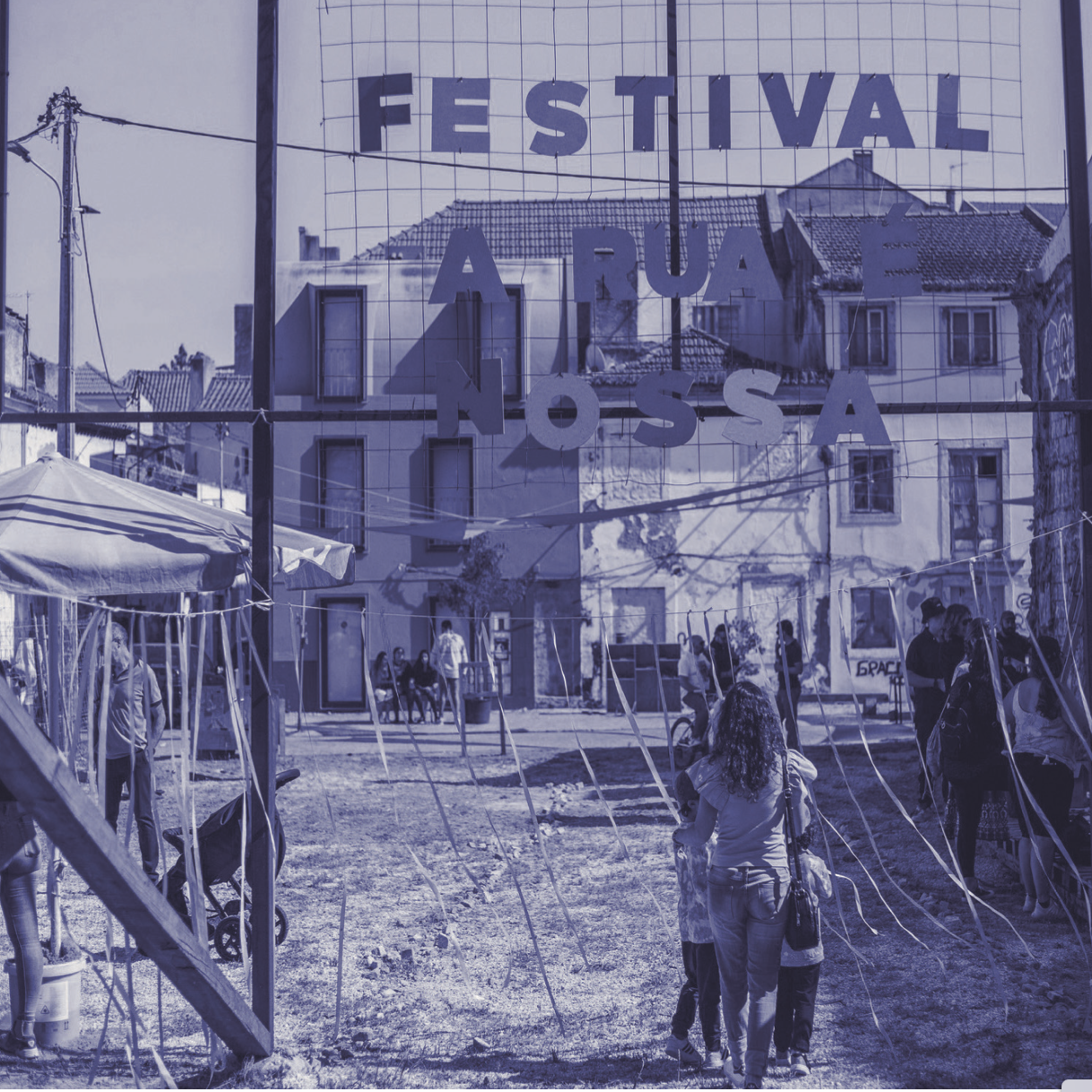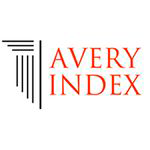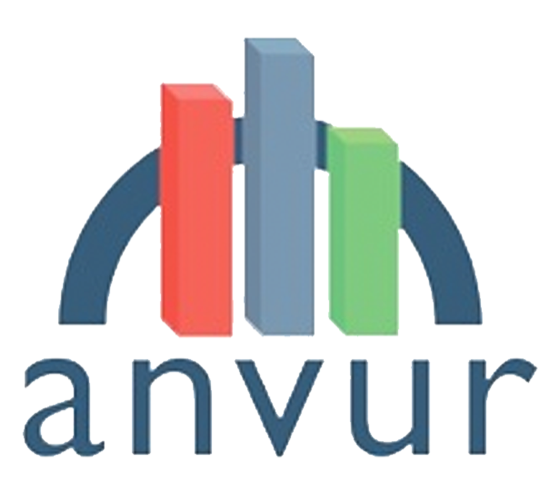Bodies in the Void
Temporary practices in Terrain Vague sites
Abstract
This paper explores the potential of temporary urbanism practices in Terrain Vague sites—abandoned or undeveloped urban spaces. Drawing on theoretical frameworks from de Sola-Morales' concept of Terrain Vague, Merleau-Ponty's phenomenology of perception, and de Certeau's spatial practices, the paper examines how bodies engage with and experience these undefined spaces through movement, events, and temporary activities. Through case studies in London and Lisbon, the research examines how these spaces can address socioecological challenges in cities. The authors introduce the concept of "Vague Catalyst" projects, which employ minimal, temporary interventions rather than permanent structures to enable diverse community uses and activities.
The research analyses two representative cases: Cody Dock in London, a community-led regeneration project of a post-industrial site initiated in 2009, and LABIC in Barreiro Velho, Lisbon, a laboratory of community innovation that run in 2022. Both projects demonstrate how temporary practices create opportunities for environmental learning and citizenship while illustrating how different user groups engage with and reimagine vague terrain through bodily presence and activities.
The study identifies five key characteristics of successful Vague Catalyst projects: 1) implementation in previously abandoned or degraded spaces; 2) adoption of temporal and tactical urbanism approaches; 3) gradual spatial transformation based on evolving community needs; 4) community-driven management that evolves from individual custodians to communities of care; and 5) function as catalysts for adaptive urbanism that respond dynamically to immediate needs and opportunities.
The paper demonstrates how community-led temporary practices can transform urban voids into valuable social spaces while maintaining ecological benefits, contributing to experimental placemaking and community strengthening. These findings suggest that temporary urbanism strategies in Terrain Vague sites can effectively reimagine and regenerate urban spaces, redefining them as public spaces adaptable to changing community needs.
Downloads

Downloads
Published
How to Cite
Issue
Section
License
Copyright (c) 2025 Krystallia Kamvasinou, Lorenzo Stefano Iannizzotto

This work is licensed under a Creative Commons Attribution 4.0 International License.
The authors keep their rights upon their work, although they transfer, in a non-exclusive way, the rights of exploitation (reproduction, publication, distribution, public dissemination and presentation) to the Journal. The authors are, therefore, free to enter additional, separate contracts for the non-exclusive distribution of the version of the work published in the Journal (for instance, by hosting in an institutional repository or publication in a book), provided credit is given that the work was initially published in this journal. The works are published under a Creative Commons Attribution 4.0 (CC BY 4.0) license.











